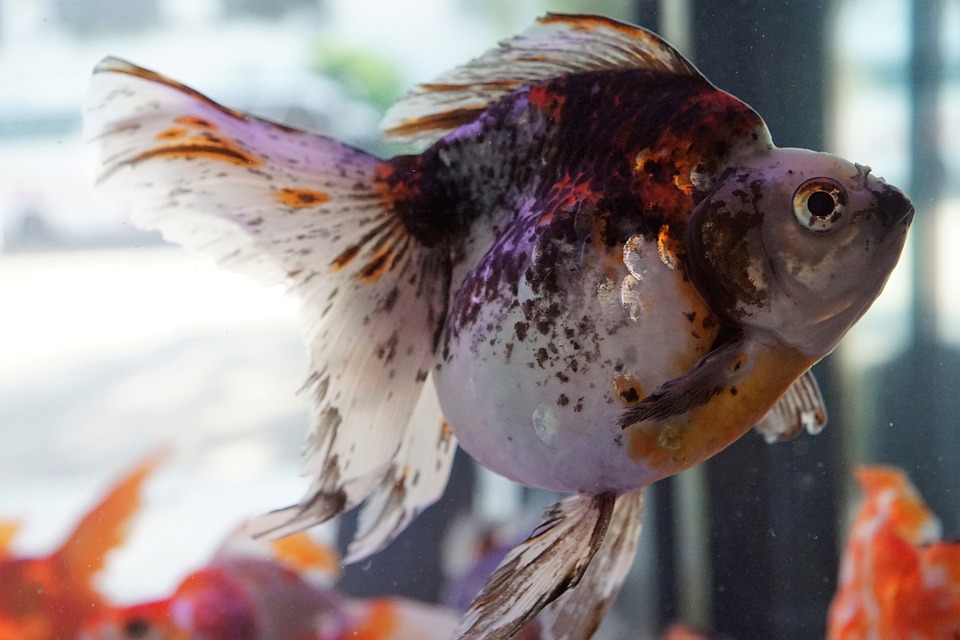Fish are known for their unique behavior, including their tendency to form schools. Schooling behavior provides numerous benefits to fish, such as increased chances of survival, improved feeding efficiency, and enhanced communication. As an aquarium enthusiast, you can create an environment that encourages natural schooling behavior in your fish. In this article, we will explore various ways to support and promote schooling behavior in your aquarium.
Understanding Schooling Behavior in Fish
Schooling behavior is defined as the coordinated and synchronized movement of a group of fish. It is characterized by the fish swimming in close proximity to each other, often in a linear or geometric formation. This behavior provides several advantages for fish, including increased protection against predators, improved hunting and foraging efficiency, and enhanced communication within the group.
Factors Influencing Schooling Behavior
There are several factors that influence schooling behavior in fish. Firstly, natural instincts and genetic predispositions play a significant role in determining whether a fish species exhibits schooling behavior. Some species are hardwired to form schools, while others may prefer to live solitary lives.
Environmental factors also play a crucial role in promoting schooling behavior. The size and shape of the aquarium tank are important considerations. It is essential to provide adequate swimming space for the fish to move freely and form schools comfortably. Different fish species have different space requirements, so it is important to research the specific needs of the species you are keeping.
Tank decorations and hiding places also influence schooling behavior. Strategic placement of plants, rocks, and caves can create natural hiding spots and simulate the fish’s natural habitat. This makes the fish feel secure and encourages them to form schools.
Water quality and filtration are vital for maintaining optimal conditions for fish health and behavior. Regular water changes and proper filtration systems help to keep the water clean and provide a healthy environment for the fish to thrive.
Lighting and visual stimulation can also impact schooling behavior. Fish are sensitive to light, so mimicking natural lighting conditions in the tank can help create a more natural environment. Using colorful backgrounds or objects can also stimulate the fish and encourage them to exhibit their natural behaviors, including schooling.
Choosing Compatible Fish Species for Schooling
When selecting fish for your aquarium, it is important to research the natural behavior of potential species. Some fish naturally form schools, while others are solitary or prefer to live in pairs. Understanding the natural behavior of the fish species you are interested in will help you choose compatible species that are more likely to exhibit schooling behavior.
There are many popular schooling fish species suitable for aquariums. Some examples include neon tetras, zebrafish, and cardinal tetras. These species are known for their schooling behavior and can create a stunning visual display in your aquarium. It is important to consider the characteristics and care requirements of these species to ensure they are compatible with your tank setup.
Feeding and Social Interaction
Feeding strategies can also influence schooling behavior. Providing multiple feeding points in the tank can help avoid aggression among the fish. This ensures that all fish have access to food and reduces competition during feeding time. For bottom-dwelling species, using sinking or slow-release food can ensure they receive their share of the food without having to compete with other fish.
Social interaction and hierarchy are important aspects of schooling behavior. It is essential to monitor fish behavior for signs of aggression or stress. Introducing new fish gradually can help minimize territorial disputes and promote a more harmonious social dynamic among the fish.
Frequently Asked Questions (FAQs)
1. Can I mix different species of schooling fish?
It is possible to mix different species of schooling fish, but it is important to consider several factors. These include the compatibility of the species, their space requirements, and their natural behavior. Some species may not get along well with each other, while others may have specific requirements that need to be met.
2. How many fish should I keep in a school?
The ideal school size depends on the specific fish species. Some species prefer smaller schools, while others require larger groups to exhibit their natural behavior. It is important to research the specific needs of the fish species you are keeping and avoid overcrowding, as it can lead to stress and aggression.
3. What if my fish don’t exhibit schooling behavior?
If your fish do not exhibit schooling behavior, there could be several reasons. It is important to troubleshoot and adjust the tank conditions accordingly. Factors such as tank size, water quality, tank decorations, and fish species compatibility may need to be addressed to encourage schooling behavior.
4. Can schooling behavior be observed in all fish species?
Not all fish species naturally form schools. Some species are solitary or prefer to live in pairs. However, there are alternatives for non-schooling species to promote natural behavior. Providing hiding spots and appropriate tank conditions can still encourage social interaction and reduce stress in these species.
Conclusion
By understanding the principles of natural schooling behavior, you can create a harmonious and stimulating environment for your fish. Providing the right tank conditions, compatible fish species, appropriate feeding strategies, and social interactions will encourage your fish to exhibit their innate schooling behavior. Remember to observe and monitor your fish regularly to ensure their well-being and adjust their environment accordingly. Enjoy the mesmerizing sight of your fish swimming together in perfect synchronization!









